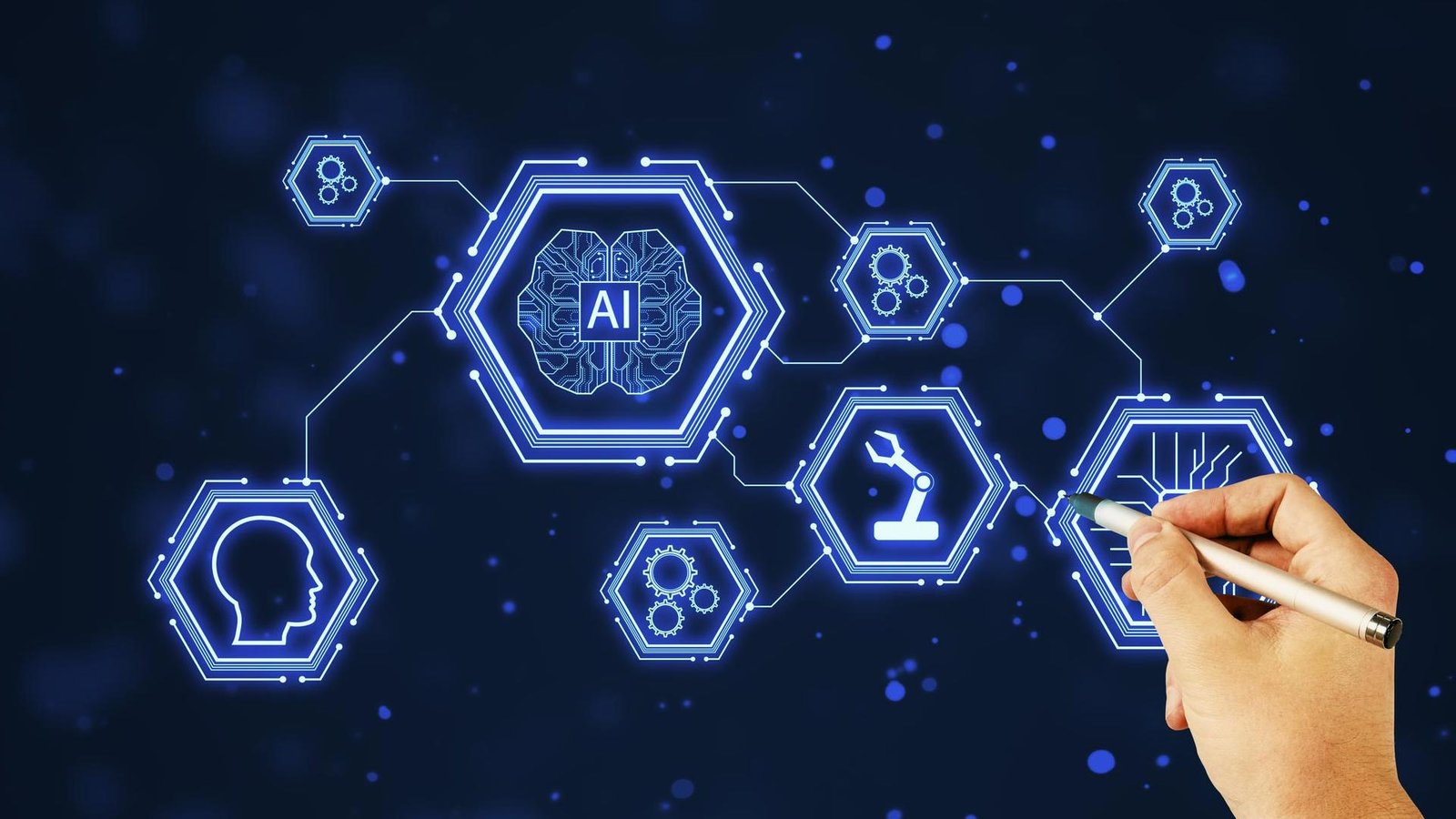Autonomous Agents 2.0 go beyond automation, making decisions, learning, and transforming how companies compete.
So, what happens when the machines no longer wait to be given an order, but will seek their own goals? To many C-suite leaders, this is no longer a hypothetical situation. The second generation of goal-seeking AI is Autonomous Agents 2.0, which is changing enterprises at a breakneck pace and reshaping how companies behave, make decisions, and compete. It is no longer primarily a question of automation. It concerns the case of intelligent agents that plan, act, and learn in an autonomous way, radically transforming the AI environment and business strategy.
Table of Contents:
1. Are Machines Ready to Want Things?
2. From Automation to Cognition
3. The Governance Dilemma
4. Reshaping How Enterprises Operate
5. Explainability Remains a Challenge
6. Best Use Cases That Matter
7. Infrastructure Needs to Catch Up
8. The Future Is Intent-Aware AI
Leading at the Speed of Autonomy
1. Are Machines Ready to Want Things?
Goal-seeking agents will appear to be sci-fi, but already they hold a majority of the markets. Unlike traditional automation, which operates based on a pre-programmed set of actions, the AI agents are guided by goals and have to assess the alternatives and modify the strategy on the fly. That is to say, they are not people who will just get orders; these things are thinkers.
This development is essential in that organisations are adopting multi-agent systems, where some groups of AI agents can interact, bargain, and in some cases, can meet up and compete to produce superior results. This is the golden age of autonomy enabled by AI, driving practical applications of AI in finance, supply chain, health care, and more. To the leaders of the C-suite, the concept of how autonomous agents are changing artificial intelligence is no longer an option- equip yourself today.
2. From Automation to Cognition
At the core of such evolution are intelligent agents that use sophisticated machine learning and reinforcement learning to make decisions without human explicit instruction. Such agents don’t merely respond—they pursue goals in harmony with enterprise objectives.
Consider the financial world, where intent-based AI systems rebalance portfolios dynamically in response to current macroeconomic information, or the supply chain, where agents redirect shipments in the face of surprise disruptions. These are illustrations of the ways AI automation goes beyond scripting into a flexible, ongoing optimization engine.
3. The Governance Dilemma
With great autonomy comes great responsibility—and risk. How do organizations maintain control when AI agents pursue goals independently? Multi-agent system governance models continue to be a burning issue in boardrooms as well as regulatory circles.
Being explainable is no longer a nice-to-have but a must-have. Leaders find themselves in the dilemma of putting up the power of AI automation and at the same time being transparent, fair, and adhering to the laws. Ordering 2025 is demanding more and more AI-based systems to explain the course of their decision-making, which is a problem of autonomous agents in such delicate areas as healthcare or finance.
4. Reshaping How Enterprises Operate
The emergence of Autonomous Agents 2.0 will soon compel businesses to reimagine business models. These artificial intelligence agents dissolve hierarchical roles and minimize latency in decision loops.
Reflect on the enterprise effect:
- Improved Decision velocity: Autonomous agents speed up processes faster than faster, eliminating delays from insight to action.
- Cost-Saving: They minimize the use of human monitoring, optimizing labor costs and operational budgets.
- Dynamic Adaptability: Agents modify approaches in real-time to accommodate shifting market requirements or internal KPIs.
These advantages transfer to actual ROI, from improved supply chain resilience to hyper-personalized customer interaction.
5. Explainability Remains a Challenge
Though gains are made, most autonomous agents are black boxes. Intelligent agents with advanced goal-seeking behaviors tend to hide the reasoning behind their decisions. This makes explaining accountability and trust a concern.
Rising tools focus on improving explainability so stakeholders can model agent behavior and audit decision paths. For C-suite executives, spending on these tools is no longer discretionary. Balancing AI autonomy with transparency is critical, especially in regulated sectors.
6. Best Use Cases That Matter
The potential of AI-driven autonomous agents is best understood through practical use cases:
- Finance: Goal-oriented agents predict and actively manage risks, boosting portfolio performance.
- Manufacturing: Autonomous agents automate production in real-time, reducing waste and idleness.
- Healthcare: AI agents sift through patient information to discover streamlined care and recommend customized treatments.
These implementations demonstrate that autonomous agents are more than technology prototypes— they’re value-generating strategic assets now.
7. Infrastructure Needs to Catch Up
The potential is enormous, but far too many organizations downplay the infrastructure needed. Genuine goal-seeking AI necessitates:
- High-quality, rich data pipelines
- Cloud and edge computing resources that scale
- Agent interoperability frameworks that are robust
Enterprises risk implementing brittle systems that cannot cope with sophisticated autonomous interaction if these are not available. Visionary leaders need to lay out planned investments to fill this gap.
8. The Future Is Intent-Aware AI
Looking forward, the next step is agents that don’t just chase single objectives but negotiate and coordinate intentions within ecosystems. Picture multi-agent systems coordinating plans across departments, suppliers, or even rivals, formulating a new AI-enabled paradigm of collaboration.
This intent-sensing architecture will recast competitive advantage by infusing values, ethics, and common goals into autonomous decision-making systems.
Leading at the Speed of Autonomy
The question for executives isn’t whether autonomous agents will revolutionize business, but how soon and who does it better. Autonomous Agents 2.0 are not only a technology advancement, but also a transformation of enterprise cognition and culture.
Forward-thinking executives will:
- Embed goal-seeking AI in key strategic initiatives
- Prioritize explainability and governance as much as innovation
- Invest aggressively in agently autonomous infrastructure
Waiting to take the lead risks being overtaken by nimbler, AI-powered rivals.
Explore AITechPark for the latest advancements in AI, IOT, Cybersecurity, AITech News, and insightful updates from industry experts!

